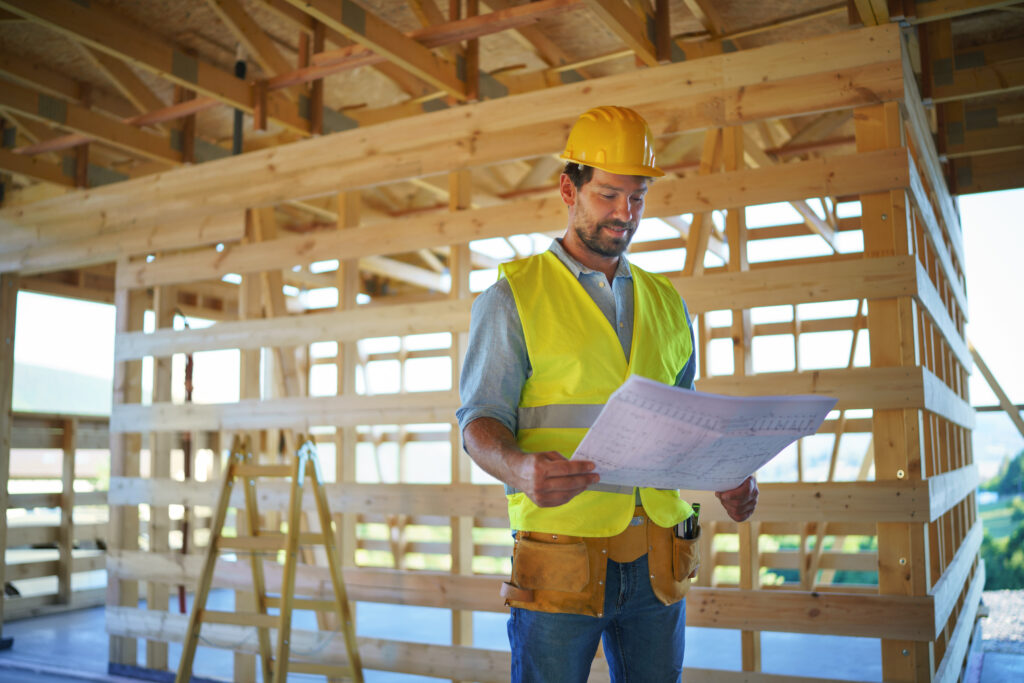Do you dream of having your own home that provides you with comfort, energy savings and a positive impact on the environment? A passive house is just what you need! Thanks to intelligent design and the use of modern technology, passive houses are able to minimise heat loss and energy consumption. In this article, you will find out everything you need to know about passive houses and what their most important features are.
How does a passive house work?
A passive house, also known as an energy-efficient house, is a building that has a very low energy requirement. These homes are designed to minimise heat loss through thermal insulation, airtightness and the use of renewable energy sources. The main components of a passive house are:
High-quality thermal insulation in the walls, roof and floors
Properly selected, triple-glazed windows with low thermal transmittance
Efficient and effective mechanical ventilation with heat recovery
Efficient heating system, usually based on a heat pump
Use of solar energy to generate electricity or heat
Thanks to these solutions, a passive house uses much less energy for heating and cooling than traditional buildings. In addition, it produces fewer carbon dioxide emissions, which has a direct impact on reducing the negative impact on the environment.
What are the advantages of a passive house?
A passive house has many benefits, both for the occupants and the environment. Here are the most important of these:
Energy savings – by minimising heat loss, a passive house provides significantly lower heating and cooling bills compared to traditional buildings.
Higher comfort – thanks to the high quality of insulation, a passive house is free of thermal bridges and provides a stable interior temperature.
Healthy environment – mechanical ventilation with fresh air heat recovery ensures clean and healthy air inside the house.
Environmentally responsible – reduced energy consumption and the use of renewable energy sources are a big step towards protecting the environment.
Is it expensive to build a passive house?
Many people are concerned that building a passive house involves higher costs than building a traditional building. However, it is worth remembering that although the initial investment may be slightly higher, the savings resulting from lower energy bills and the beneficial impact on the environment certainly make up for it.
Let’s concretise this with an example. The cost of building construction of a passive house in 2022 depends on many factors such as location, finishes, materials and technology. However, it is estimated that the cost of building an 80m2 passive house could be between PLN 350,000 and PLN 500,000.
It is worth noting that prices of ready-made passive houses are also available on the market and are often competitive compared to traditional buildings. Therefore, building a passive house can be a good solution not only in terms of savings, but also in terms of time.
What is the difference between a passive house and an energy-efficient house?
The terms 'passive house’ and 'energy-efficient house’ are often used interchangeably, but they have subtle differences. A passive house is a building that meets strict energy demand standards. This means that the house uses very little energy for heating and cooling, often up to 90% less than traditional houses.
An energy-efficient home, on the other hand, refers to buildings that use various strategies and technologies to reduce energy consumption. These can include thermal insulation, efficient heating and ventilation systems, as well as renewable energy sources such as solar panels or heat pumps.
In summary, all passive houses are energy efficient houses, but not all energy efficient houses are passive houses – the latter are more technologically advanced and meet certain energy efficiency standards.

Summary of key information
A Passive House is a building with minimal energy requirements that reduces heat loss and lowers energy bills.
It has high quality insulation, triple-glazed windows, efficient ventilation systems and heat recovery.
Passive houses provide energy savings, increased comfort, a healthy environment and environmental responsibility.
Building a passive house may involve a slightly higher investment cost, but the long-term benefits outweigh these costs.
A passive house differs from an energy-efficient house in terms of energy efficiency standards.
Frequently asked questions
Is it cost effective to build a passive house?
Yes, building a Passive House can be cost-effective due to the lower energy bills and positive environmental impact.
Can every house be converted to Passive House standards?
Not every house can be converted to a Passive House due to the insulation and airtightness requirements.
What are the differences between a passive house and a zero-energy house?
A zero-energy house produces as much energy as it consumes, whereas a passive house minimises energy consumption.

Dodaj komentarz